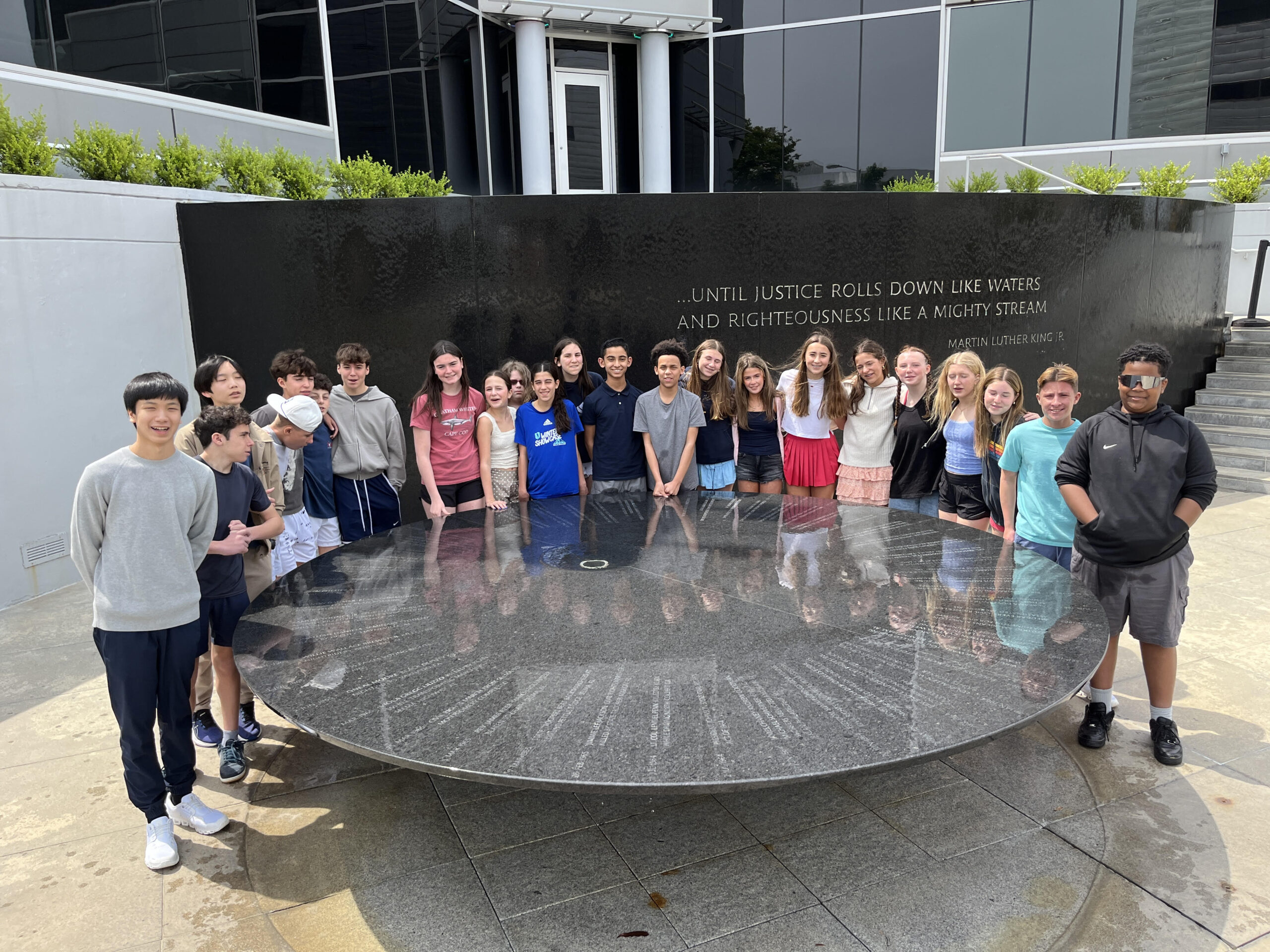 May 01, 2025
May 01, 2025
The March Continues
A letter from Gabe Burnstein, Head of School On March 7th, 1965, Alabama Governor George…
A letter from Gabe Burnstein, Head of School
On March 7th, 1965, Alabama Governor George Wallace ordered Alabama State Troopers to block a peaceful march for voting rights from Selma to Montgomery along Highway 80. Approximately 600 marchers, led by John Lewis and Hosea Williams, met the troopers at the bottom of the Edmund Pettus Bridge, infamously named after a Confederate General and KKK leader.
The marchers were told the march would not continue. They were told to disperse but were not given a chance to do so. The state troopers not only beat the peaceful protestors on the bridge with billy clubs and cattle prods wrapped in barbed wire, they beat them all the way back into town. The violence went on for hours. What happened on that bridge became known as “Bloody Sunday;” it led the evening news and shocked the conscience of the nation.
The marchers returned to the very same bridge twice more in the next ten days. On March 17th, 25,000 people took part in the final and successful March to Montgomery, in which the very same troopers were forced to defend the foot soldiers thanks to Judge Frank Johnson’s order. Five months later, in August of 1965, President Johnson signed The Voting Rights Act into law.
Sixty years later, as part of our inaugural 8th Grade Civil Rights Trip, the 23 members of the Class of 2025 visited Selma and had an opportunity to bear witness to this important history. They toured Selma with Barbara Barge, now 75, who was part of the Selma campaign. They leaned in with their whole beings to listen deeply to JoAnne Bland, now 70, who was a 10 year-old marcher on Bloody Sunday. And then, they crossed the Edmund Pettus Bridge themselves, two by two, as a capstone learning experience in their final months at Charles River School.
At CRS, we study the Civil Rights Movement because it is a testament to everyday people – so often young people – who made social change through nonviolent means. And in 2025, I’m proud to serve a school where our students grapple with difficult history and are inspired to be foot soldiers in their own time.
Before touring Selma, our eighth graders gathered at the Civil Rights Memorial at the Southern Poverty Law Center in Montgomery. Created by the Vietnam Memorial architect, Maya Lin, it is a tribute to those who died in the Civil Rights Movement between 1954-1968. The Class of 2025 is pictured at the memorial on the other side of this page. The Civil Rights Memorial Center reminds us that every generation has to play their role to fight for justice. Their motto is “The March Continues.”
And at CRS, our graduates will use their powers “to shape the future of our diverse world with confidence and compassion.” In other words, we will keep on marching.
With gratitude,
Gabe
 May 01, 2025
May 01, 2025
A letter from Gabe Burnstein, Head of School On March 7th, 1965, Alabama Governor George…
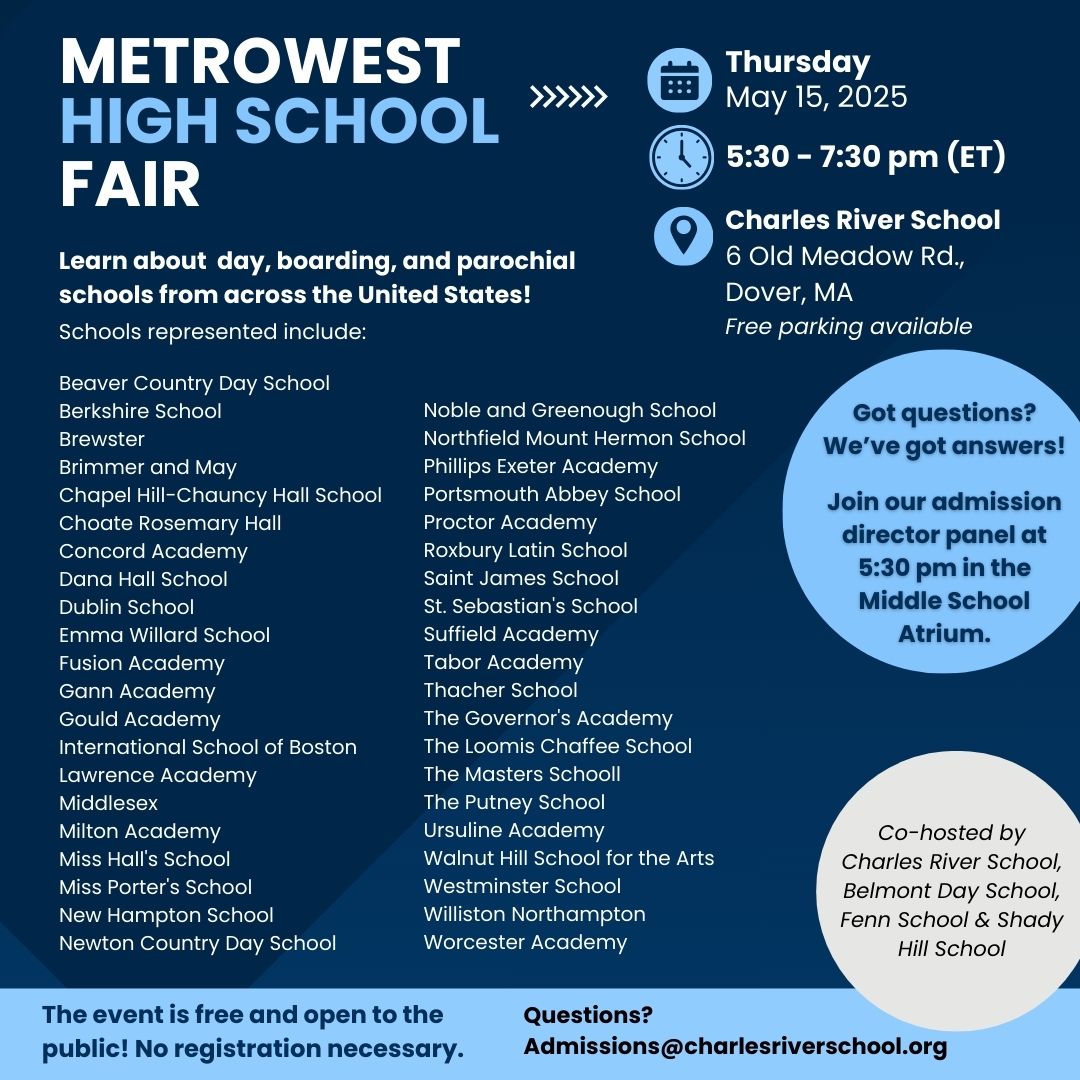 April 28, 2025
April 28, 2025
Please click here for more information.
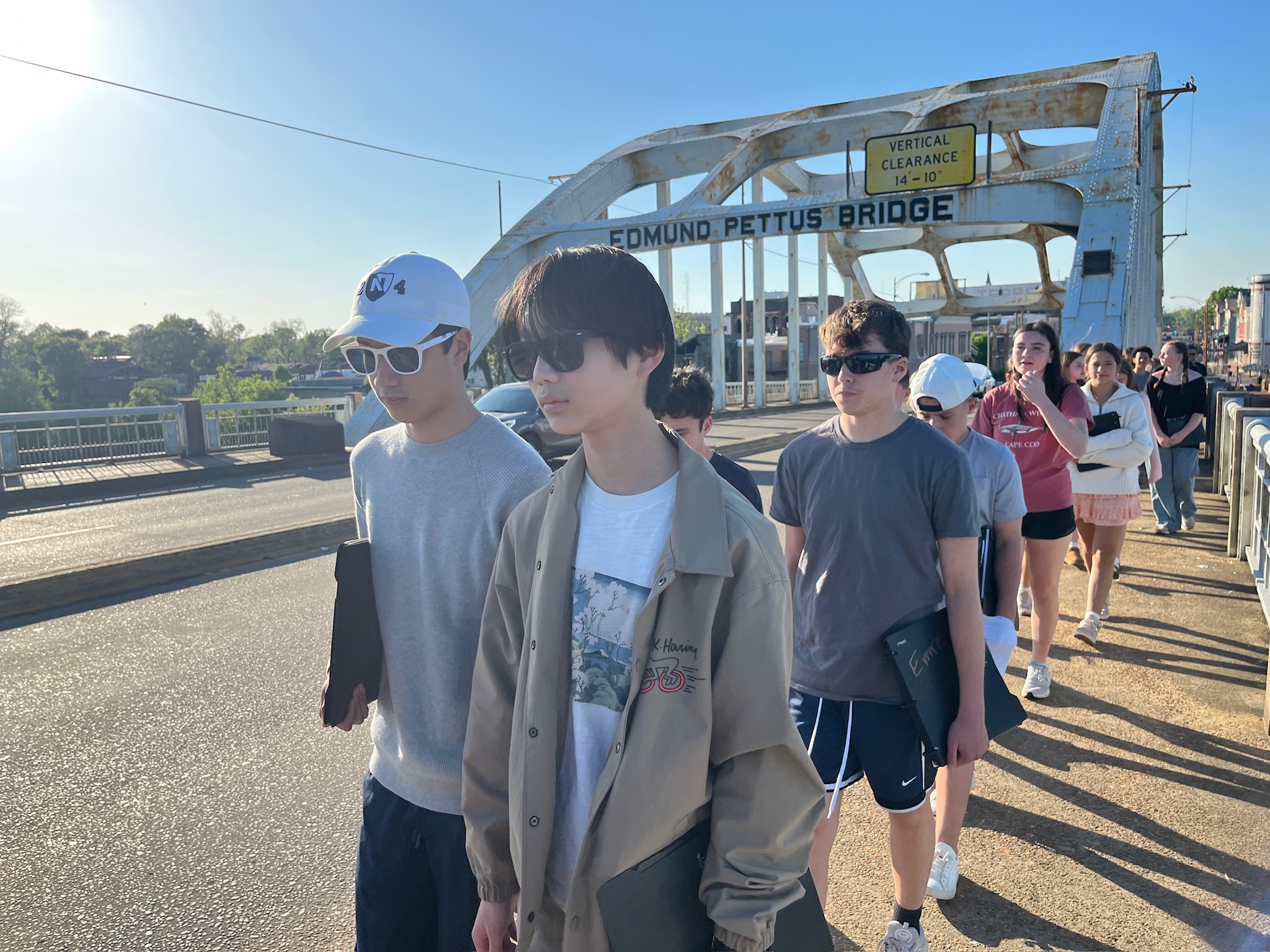 April 16, 2025
April 16, 2025
The class of 2025 embarked on a four-day three-night Civil Rights from April 14 –…
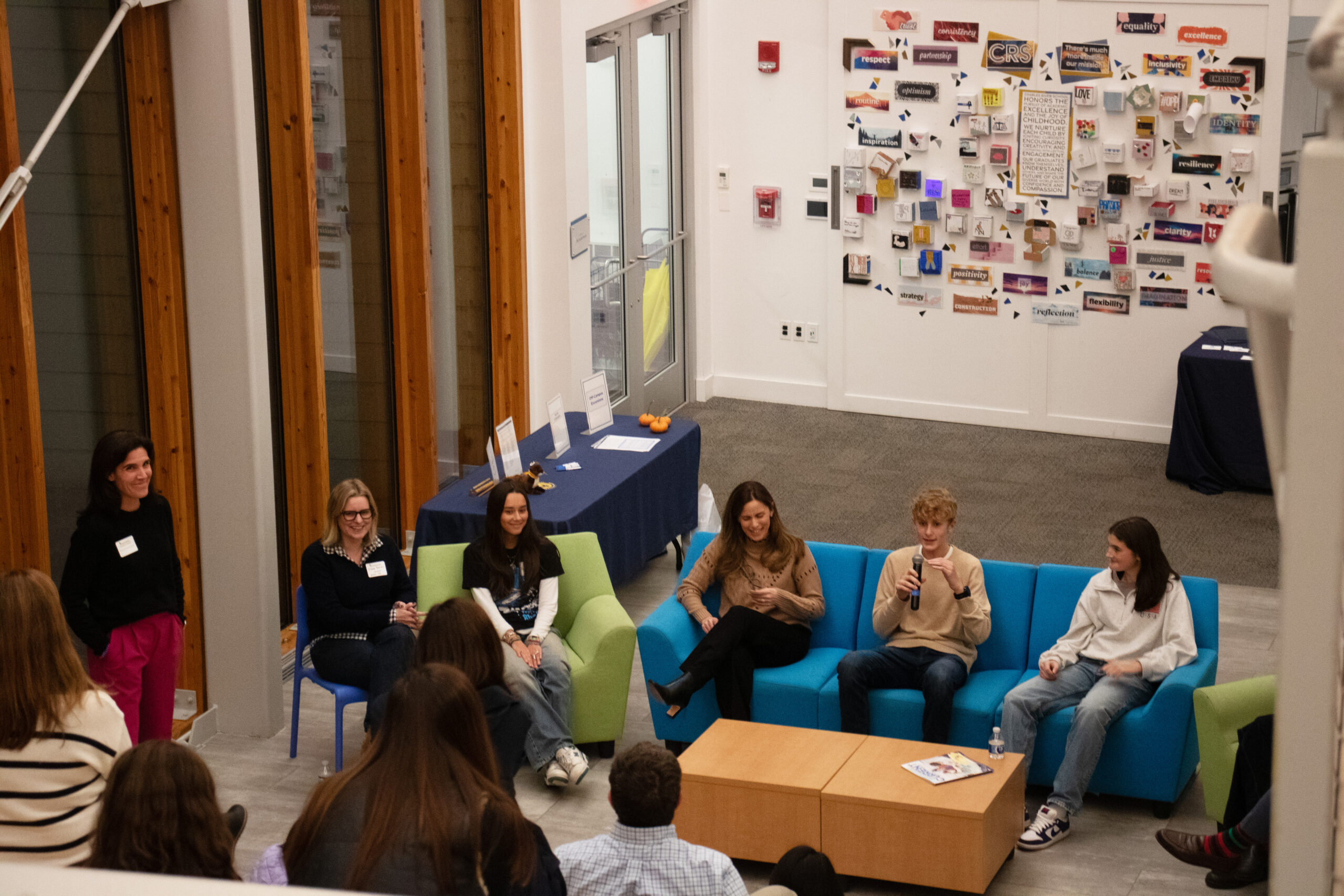 December 02, 2024
December 02, 2024
A letter from Gabe Burnstein, Head of School Akira Baruni ‘23, a tenth grade alum…
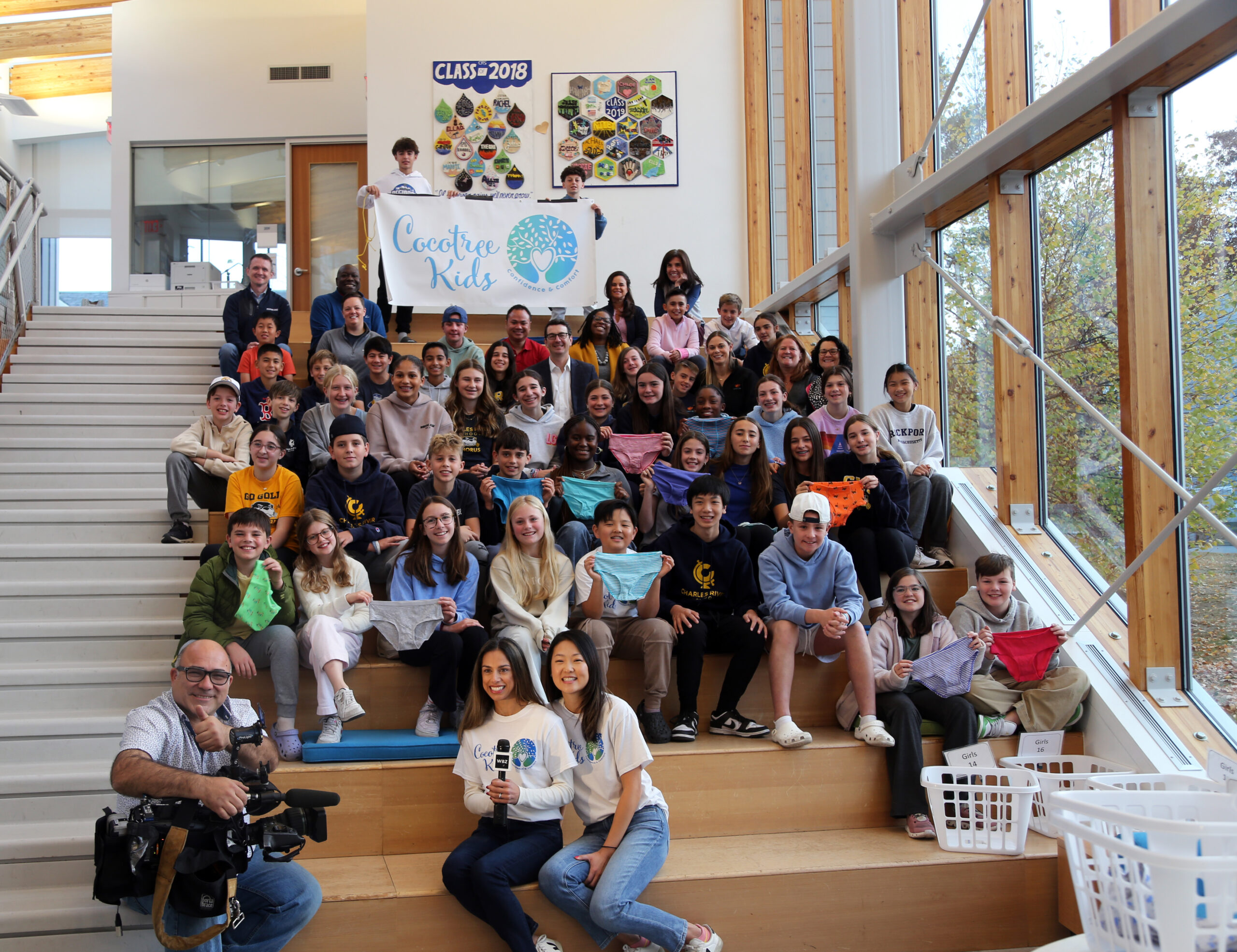 October 29, 2024
October 29, 2024
Natick-based nonprofit Cocotree Kids and Charles River School Middle School students gathered before 7am on…
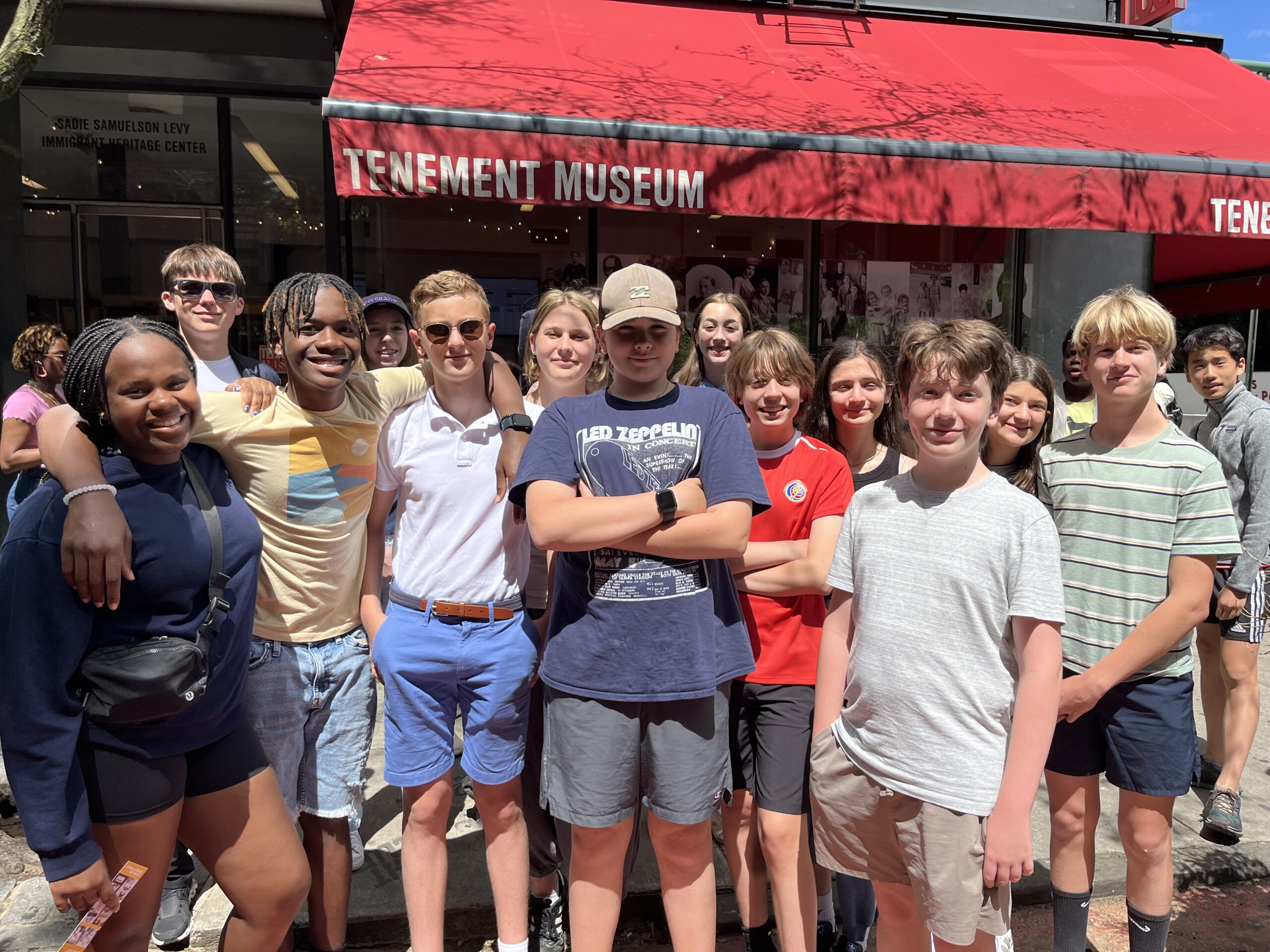 May 29, 2024
May 29, 2024
On our second day in New York City, 8th graders began the day by fueling…
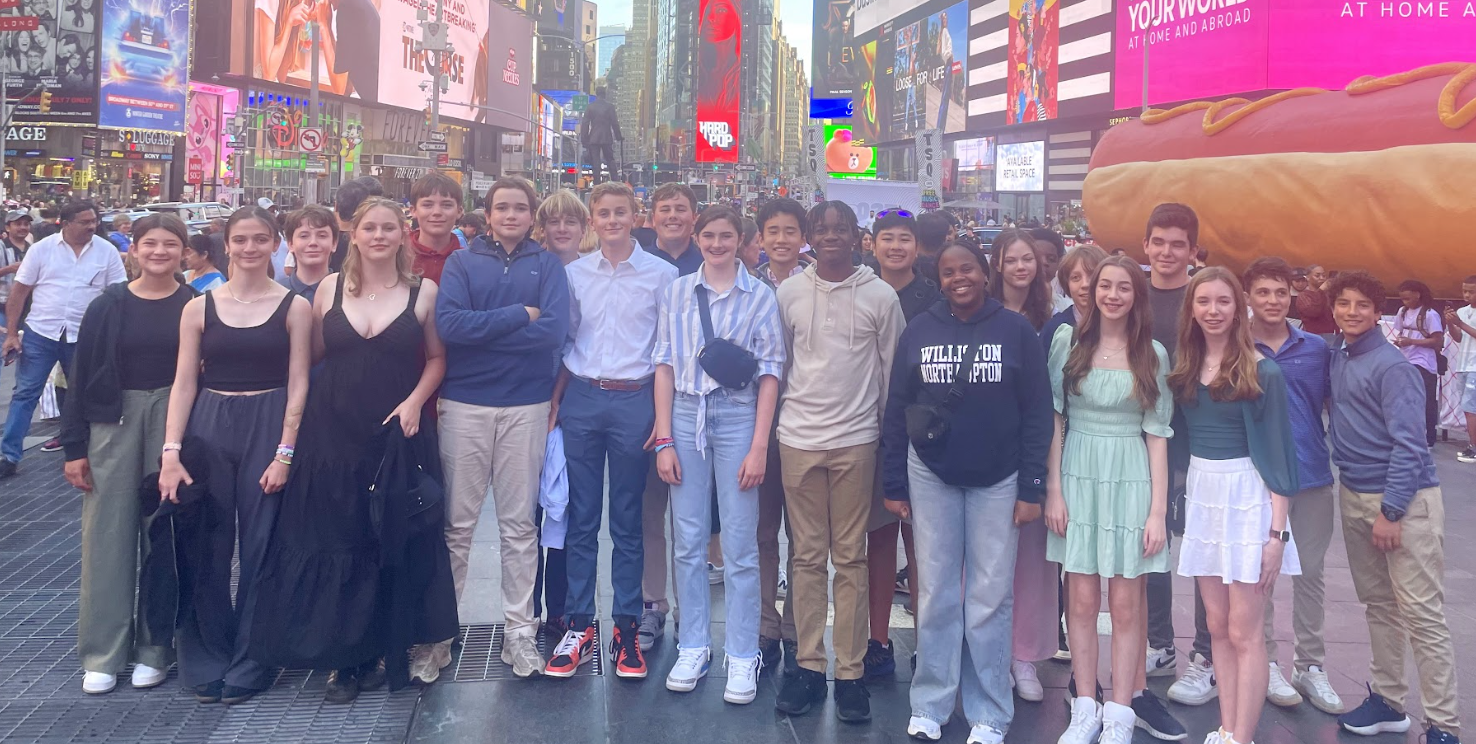 May 28, 2024
May 28, 2024
Day One of the 8th Grade NYC Trip Currently, our 8th grade class is on…
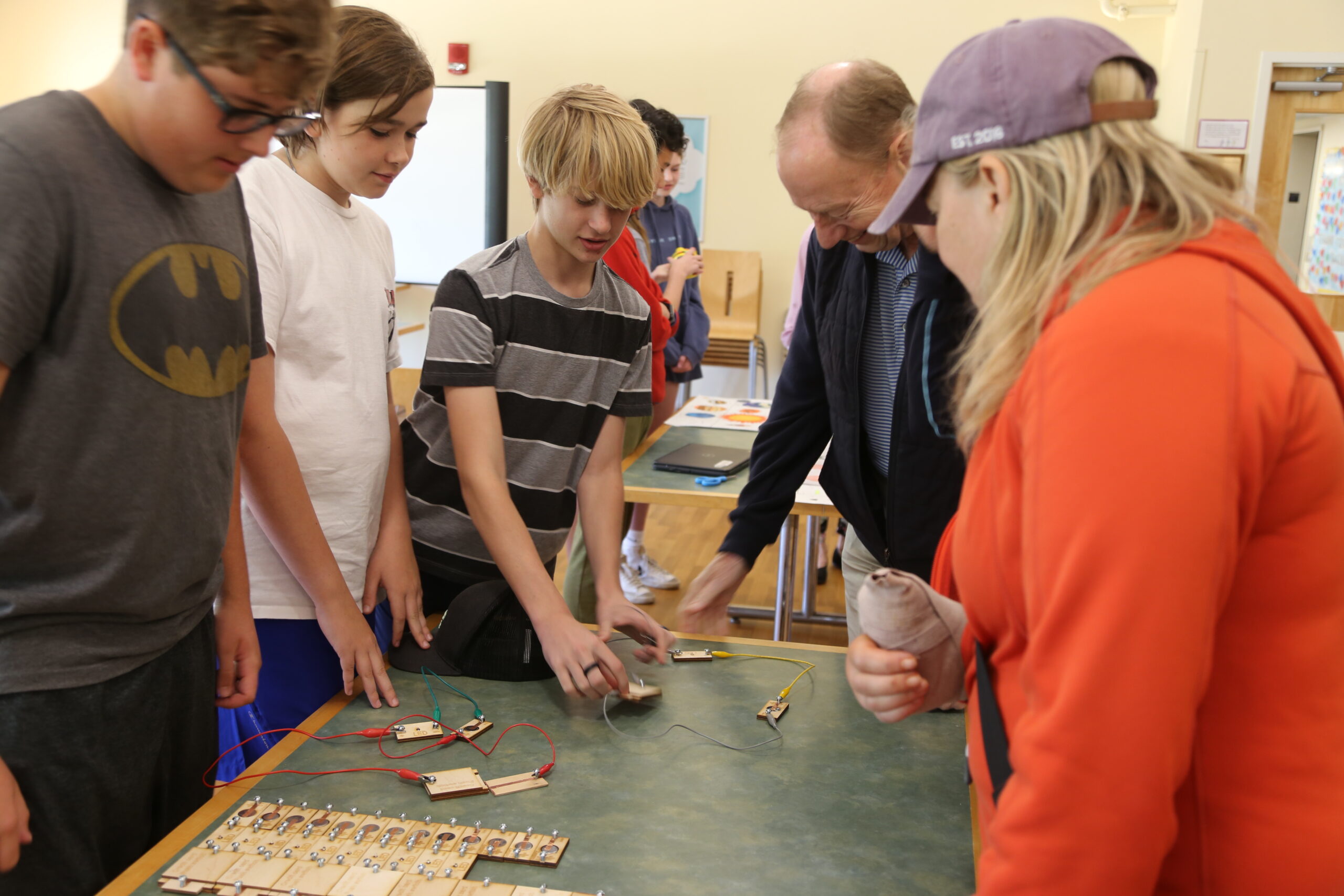 May 17, 2023
May 17, 2023
As a capstone project for their 7th grade year, students have been working since late…
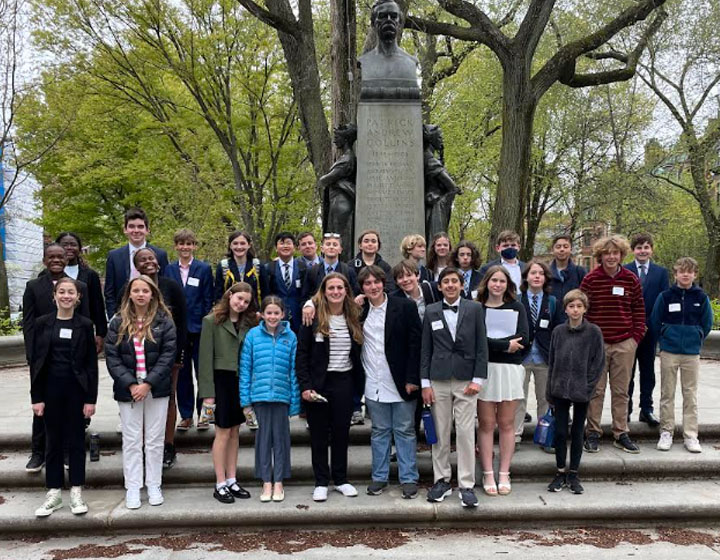 May 01, 2023
May 01, 2023
On Saturday, April 29, 31 CRS middle school students (that’s half of our entire middle…
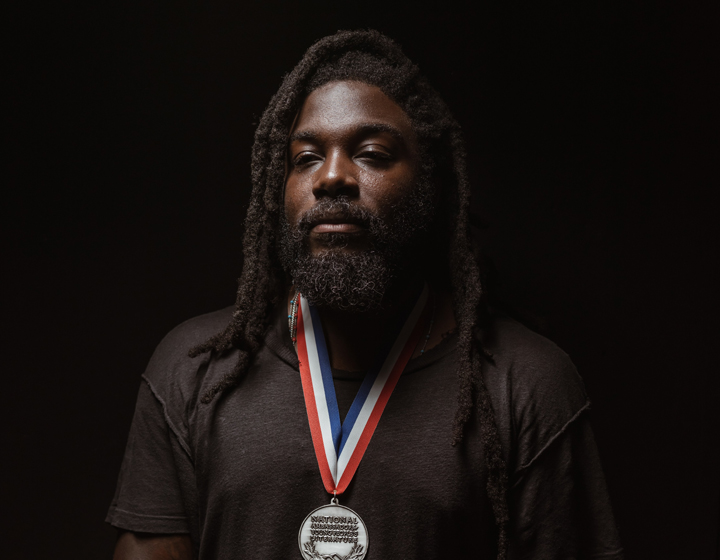 January 10, 2023
January 10, 2023
Photo by Adedeyo Kosoko On Friday, January 13, Charles River School is thrilled to welcome…